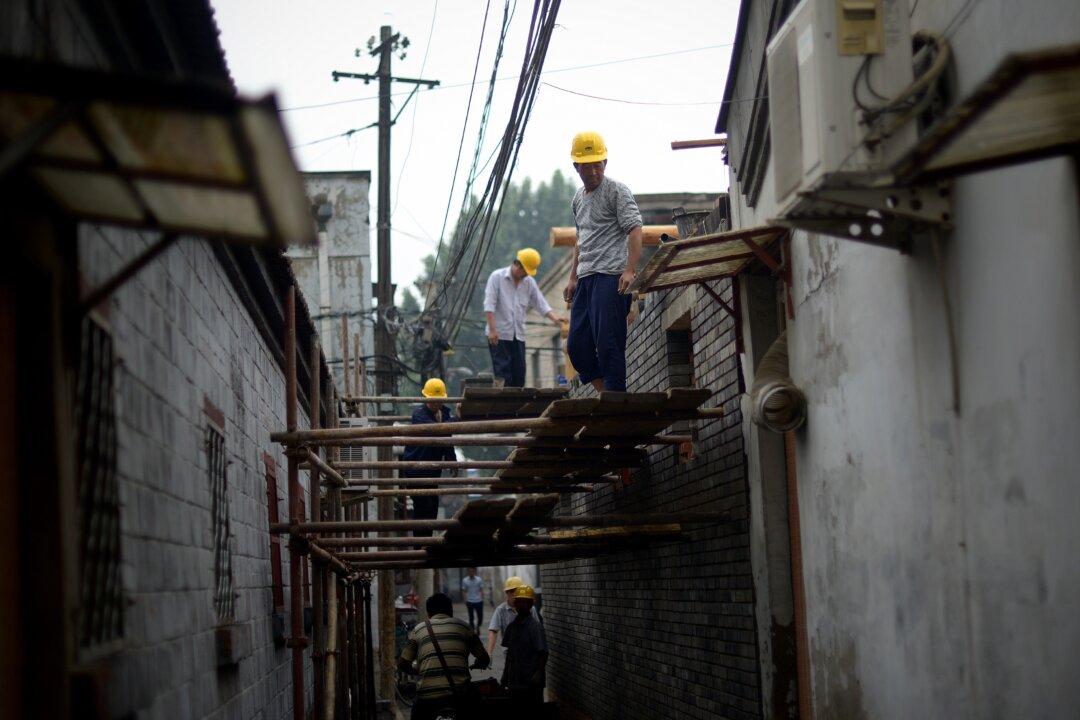House prices in China can fall fast, especially around the Chinese New Year, just to quickly recover soon after. We saw this in 2011 and 2012. This year seems to be different though, and not in a good way.
On March 17, the National Bureau of Statistics announced prices in 70 of China’s major cities dropped 5.7 percent on average in February 2015 compared to a year earlier. This is the sixth consecutive decline on record and January was also bad with minus 5.1 percent.
According to private surveys, units sold in 48 cities declined by 10.9 percent over the year as government revenue from land sales cratered 36.2 percent in the first two months of the year, according to Shanghai Daily.

A comparison between U.S. and Chinese house prices, rebased to the respective beginning of the decline. Fathom Consulting





